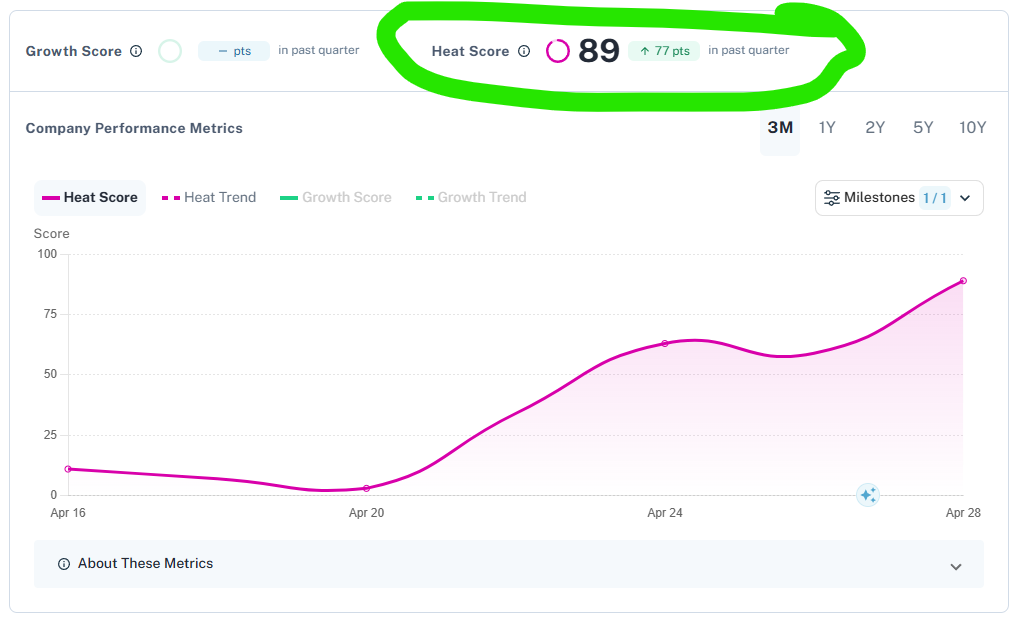In today’s marketing landscape, where privacy regulations are becoming increasingly stringent and third-party cookies are fading away, first-party data has emerged as a critical asset for advertisers. The Trade Desk, a leading demand-side platform (DSP), offers robust capabilities for marketers to activate their first-party data, enabling more precise targeting, personalized messaging, and ultimately, improved campaign performance. This article delves into the strategies and best practices for leveraging first-party data within The Trade Desk to build a significant competitive advantage while respecting user privacy.
The Power of First-Party Data in a Privacy-First World
First-party data, collected directly from your customers through websites, apps, CRM systems, and other direct interactions, is invaluable. It represents a direct line to your audience, providing insights into their behaviors, preferences, and needs. Unlike third-party data, which is often aggregated and less reliable, first-party data is highly accurate and compliant with privacy regulations like GDPR and CCPA. By harnessing this data, marketers can create more relevant and engaging experiences for their customers.
Why The Trade Desk for First-Party Data Activation?
The Trade Desk’s open and transparent platform provides marketers with the tools and flexibility needed to seamlessly integrate and activate their first-party data. Here’s why The Trade Desk is an excellent choice:
- Data Onboarding: The Trade Desk offers various data onboarding options, allowing you to securely upload your data from different sources.
- Identity Resolution: The platform provides advanced identity resolution capabilities to connect fragmented customer data across different devices and channels, creating a unified view of each customer.
- Audience Segmentation: The Trade Desk enables you to create highly targeted audience segments based on your first-party data, ensuring that your campaigns reach the right people with the right message.
- Advanced Targeting: Beyond basic demographics, you can leverage behavioral, contextual, and predictive targeting strategies to optimize your campaigns further.
- Measurement and Optimization: The Trade Desk provides comprehensive reporting and analytics to track campaign performance and identify areas for improvement.
Strategies for Effective First-Party Data Activation
Activating first-party data in The Trade Desk requires a strategic approach. Here are some key strategies to consider:
Data Onboarding and Integration
The first step is to securely onboard your first-party data into The Trade Desk. This typically involves working with a data onboarding partner or directly integrating your CRM or data management platform (DMP) with The Trade Desk. Key considerations include:
- Data Security: Ensure that your data onboarding process adheres to strict security protocols to protect sensitive customer information.
- Data Format: Format your data according to The Trade Desk’s specifications to ensure seamless integration.
- Data Refresh Frequency: Regularly refresh your data to keep your audience segments up-to-date.
Identity Resolution: Unifying Customer Profiles
Customers interact with your brand across multiple devices and channels. Identity resolution is the process of connecting these fragmented interactions to create a unified customer profile. The Trade Desk offers several identity resolution solutions, including:
- Deterministic Matching: Matching users based on personally identifiable information (PII) like email addresses or phone numbers.
- Probabilistic Matching: Using algorithms to predict the likelihood that two different profiles belong to the same user.
- Cross-Device Graphing: Connecting devices to the same user based on shared attributes and behaviors.
By resolving identities, you can create more accurate and comprehensive audience segments, leading to more effective targeting.
Audience Segmentation: Creating Targeted Groups
Once your data is onboarded and identities are resolved, you can create targeted audience segments within The Trade Desk. Common segmentation strategies include:
- Behavioral Segmentation: Grouping users based on their online behaviors, such as website visits, product views, and purchases.
- Demographic Segmentation: Targeting users based on age, gender, location, and other demographic characteristics.
- CRM-Based Segmentation: Importing customer lists from your CRM system and targeting them with personalized messages.
- Lookalike Modeling: Identifying new customers who share similar characteristics to your existing high-value customers.
Personalization: Delivering Relevant Messaging
With well-defined audience segments, you can personalize your ad creative and messaging to resonate with each group. The Trade Desk allows you to dynamically insert personalized content into your ads based on user data, such as their name, location, or past purchase history. This level of personalization can significantly improve engagement and conversion rates.
Measurement and Optimization
The Trade Desk provides robust reporting and analytics to track the performance of your first-party data-driven campaigns. Monitor key metrics such as click-through rates, conversion rates, and return on ad spend (ROAS) to identify areas for improvement. Use A/B testing to optimize your ad creative, targeting strategies, and bidding tactics.
Navigating Privacy Regulations
While leveraging first-party data offers significant advantages, it’s crucial to adhere to evolving privacy regulations like GDPR and CCPA. Ensure that you have obtained proper consent from your customers before collecting and using their data. Implement transparent data practices and provide users with the ability to access, modify, or delete their data. Partner with reputable data onboarding and identity resolution providers who prioritize privacy compliance.
Conclusion
In the increasingly complex world of digital advertising, first-party data is a strategic imperative. By effectively activating your first-party data within The Trade Desk, you can gain a competitive advantage, deliver more relevant and engaging experiences to your customers, and drive better campaign performance. Remember to prioritize data privacy and transparency to build trust with your audience and ensure long-term success. By embracing these strategies, you can unlock the full potential of your first-party data and thrive in the privacy-first era of marketing.




Leave a Reply